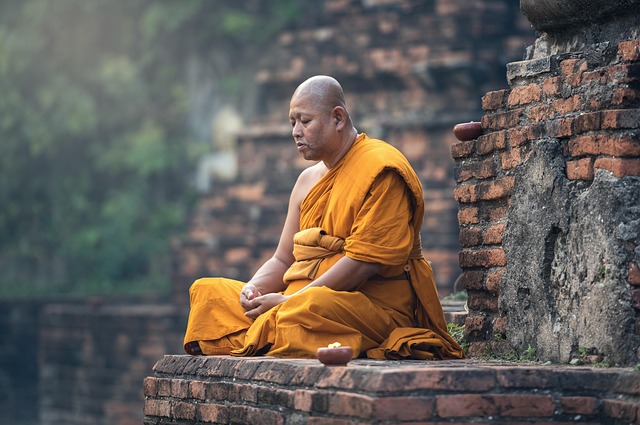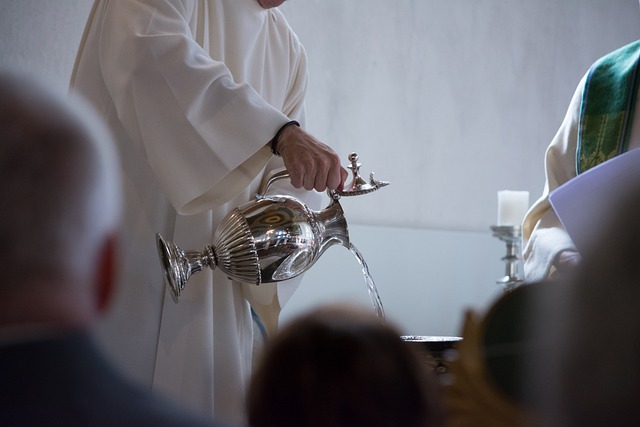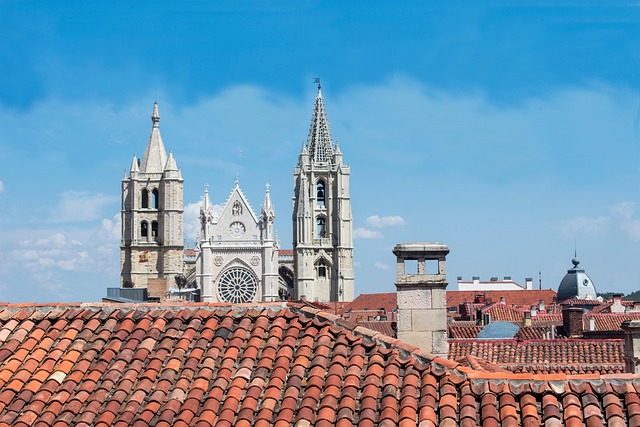Sacred Elegance: The Symbolism of the Liturgical Robe in Religious Rituals
The liturgical robe occupies a prominent place in the tapestry of religious rituals, acting as a bridge between the divine and the mortal. Whether adorning a priest in a solemn ceremony or enveloping a choir in harmonious melody, these garments speak to the heart and soul of the faithful. They encapsulate the traditional, the spiritual, and the transcendent, evoking a sense of sacred elegance that resonates deeply within the community.
Designed with intention, the liturgical robe serves as a powerful symbol of the identity and role of religious leaders. The vibrant colors and intricate patterns tell stories that go beyond the physical form. Each hue—be it the deep purple of Lent, the fiery red of Pentecost, or the pure white of Easter—carries its own meaning, facilitating an emotional connection for those who encounter them in the context of worship. These colors are not mere fabric; they embody the spiritual seasons and the liturgical calendar, guiding believers through their faith journeys.
Moreover, the liturgical robe is steeped in historical significance. Many of these garments harken back to ancient traditions, reminding congregants of the rituals passed down through generations. The weight of history can be felt in the delicate stitching, the rich fabrics, and the ceremonial use of the robe. Each time a leader dons the robe, they not only embrace their individual responsibility but also connect with a long line of predecessors who have stood before the altar, offering prayers and leading the community in worship.
In many cultures, the act of wearing a liturgical robe is also tied to the idea of transformation. As a priest puts on their robe, they are not simply getting dressed; they are entering a sacred space where the physical world gives way to a spiritual realm. This transformation may evoke feelings of humility, purpose, and grace, allowing the leader to serve as a conduit of divine energy and a source of inspiration for those in attendance. The robe thus becomes a projection of the holiness that participants seek, enhancing the overall experience of the ritual.
As congregants gather, the sight of the liturgical robe can evoke an emotional response that transcends verbal communication. It symbolizes unity, tradition, and the collective spirituality of the faith community. The visual spectacle of beautifully crafted robes woven with love and care can unite hearts and minds, as congregants find themselves enveloped in a shared journey toward deeper understanding and connection with the divine.
In essence, the liturgical robe acts as a focal point for both personal and communal reflections on faith and spirituality. It expresses the beauty of ritual and serves as a reminder of the sacredness inherent in religious practices. As we navigate our own spiritual journeys, let us not overlook the significant role that such garments play in shaping our experiences and deepening our connection to something greater than ourselves.



